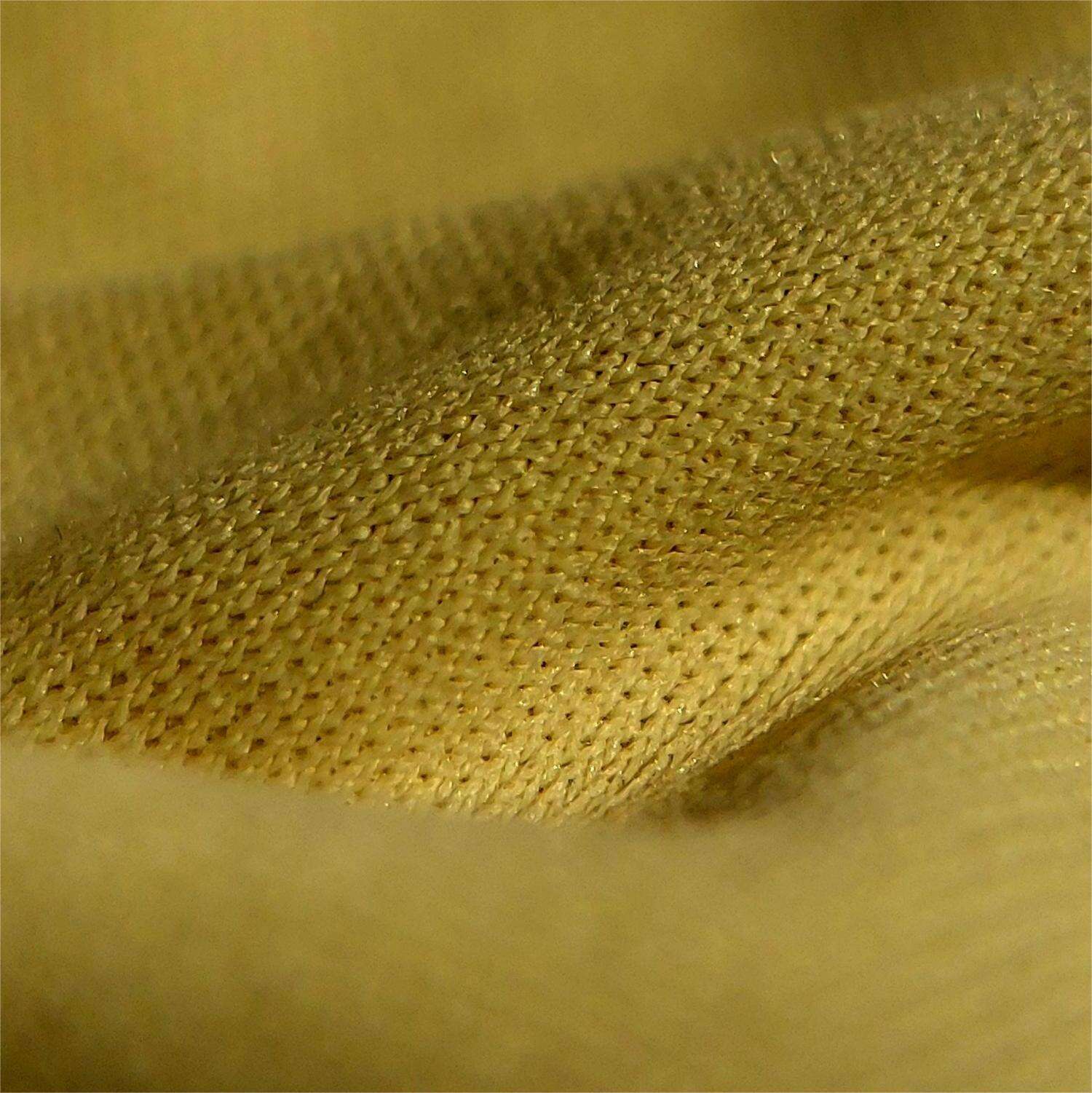Introduction to Ramie Fabric
Ramie fabric, often overshadowed by its more popular counterparts like cotton and linen, is a hidden gem in the textile world. Derived from the stalks of the Chinese nettle plant (Boehmeria nivea), ramie has been cultivated for thousands of years, predominantly in East Asia, due to its durability and natural luster. The harvesting process involves degumming and spinning the fibers into thread, resulting in a fabric that is naturally resistant to mold, mildew, and certain bacteria—an eco-friendly choice for fabric enthusiasts seeking both sustainability and functionality.
Pros and Cons of Ramie Fabric
Like any material, ramie fabric has its own set of strengths and weaknesses. On the upside, ramie's resistance to mold and shrinkage makes it a durable choice for everyday wear and household items. Its natural luster and ability to hold shape make it a desirable option for those who value aesthetics alongside practicality. Additionally, it is highly breathable and cool, similar to linen, making it ideal for warm climates.
However, ramie also has its drawbacks. The fabric can be somewhat stiff and coarse, especially when new, which might deter those seeking softer textiles. It tends to wrinkle easily, much like linen, necessitating frequent ironing for a polished appearance. Moreover, ramie’s fibers can sometimes break or scratch, requiring careful handling to maintain their integrity over time.
Is Ramie of Good Quality?
The quality of ramie is often compared to linen, mainly due to their similar texture and feel. Ramie is considered high-quality due to its inherent properties—it is naturally strong, breathable, and has a shiny appearance that rivals that of silk when finely processed. The fibers' strength increases when wet, making it resilient during the washing process. Overall, the quality of ramie can depend on its intended use; for those who prioritize durability and sustainability, ramie is undoubtedly a top-tier choice.
Ramie vs. Linen: Which is Better?
The debate between ramie and linen is a common topic among fabric enthusiasts, as both materials share similar characteristics but also exhibit distinct differences. Ramie fibers are generally less stretchy than linen, which means garments made from ramie tend to hold their shape better over time. However, linen is often softer and more flexible, improving comfort levels for wearers.
In terms of absorbency, linen may have a slight edge, but both fabrics excel in hot and humid conditions due to their excellent breathability. Economically, ramie can be more affordable than linen, making it an attractive alternative for those on a budget. Ultimately, the decision between ramie and linen boils down to personal preference and the specific qualities one values most in a fabric.
How to Wash Ramie Fabric
Proper washing is key to extending the life of your ramie clothes. Always check the care label for specific instructions. Generally, ramie can be machine washed in cold water on a gentle cycle. Use a mild detergent to avoid harsh chemicals that could potentially damage the fibers. If you're worried about color fading or fabric integrity, consider turning garments inside out before washing.
Drying & Ironing Ramie
After washing, avoid using high heat to dry ramie, as this can cause the fibers to shrink or break. Air drying is recommended, either by laying the garment flat or hanging it in a well-ventilated area. If you opt for machine drying, use a low heat setting and remove the items promptly to minimize wrinkles.
When it comes to ironing, ramie should be damp or sprayed with water to make the process easier. Use a medium to warm iron setting, and press on the reverse side of the fabric to protect its surface. If your iron has a steam function, it can help smooth out stubborn wrinkles.
Long-Term Maintenance & Storage
1. Ironing: Iron ramie garments while they are still damp, using a medium heat setting. This helps eliminate wrinkles and preserves the natural sheen of the fabric. For added protection, place a press cloth between the iron and the fabric.
2. Storage: Always store ramie clothing in a cool, dry place. Use padded hangers to maintain the shape of blouses and jackets, and neatly fold heavier items. Avoid storing in plastic bags, as they can trap moisture and promote mildew growth.
3. Avoid Moths and Insects: Use natural repellents, such as cedar or lavender sachets, in your wardrobe to protect your garments from insects. These eco-friendly options are effective and safe for the environment.
Eco-Friendly Benefits of Ramie
Choosing ramie fabric is not only beneficial for your wardrobe but also for the planet. Here’s why ramie stands out as an eco-friendly choice:
1. Sustainable Cultivation: Ramie is derived from the stalks of the Chinese nettle plant, which requires minimal use of pesticides and fertilizers to grow. This reduces the ecological footprint associated with its cultivation.
2. Biodegradable: As a natural fiber, ramie is biodegradable and decomposes much faster than synthetic fabrics, resulting in less waste being sent to landfills.
3. Durability Equals Longevity: The inherent strength of ramie means garments made from this fabric can last for many years, reducing the need for frequent replacements and decreasing the overall consumption of resources.
4. Low Energy Washing: Ramie’s ability to maintain its integrity even when washed in cold water means you can reduce energy consumption, contributing to lower carbon emissions.
Conclusion: Is Ramie Right for You?
Choosing whether ramie is the right fabric for you largely depends on your personal needs and lifestyle preferences. If you prize clothing that is durable, eco-friendly, and has a unique natural luster, ramie is an excellent choice. It's particularly suited for summer wear due to its breathable nature. However, suppose softness and wrinkle resistance are crucial factors for you. In that case, you might want to consider other options or blends that incorporate ramie for its strength and longevity while mitigating its rougher texture.
Understanding how to care for and maintain your ramie garments enables you to enjoy their benefits fully, keeping them looking fresh and feeling comfortable. With proper care, ramie can be a lasting addition to your wardrobe, offering both beauty and durability in equal measure.
As a key player in the textile manufacturing industry, Zhejiang Broadway Textile has over 14 years of experience with all types of home decor-related textiles. Want to have more diversified product lines with ramie textile? Contact us to get more insights into textile products!!!


 EN
EN
 AR
AR
 BG
BG
 HR
HR
 CS
CS
 DA
DA
 NL
NL
 FI
FI
 FR
FR
 DE
DE
 EL
EL
 HI
HI
 IT
IT
 JA
JA
 KO
KO
 NO
NO
 PL
PL
 PT
PT
 RO
RO
 RU
RU
 ES
ES
 SV
SV
 TL
TL
 ID
ID
 LV
LV
 SR
SR
 SK
SK
 SL
SL
 UK
UK
 VI
VI
 HU
HU
 MT
MT
 TH
TH
 TR
TR
 FA
FA
 MS
MS
 GA
GA
 IS
IS
 KK
KK
 UZ
UZ
